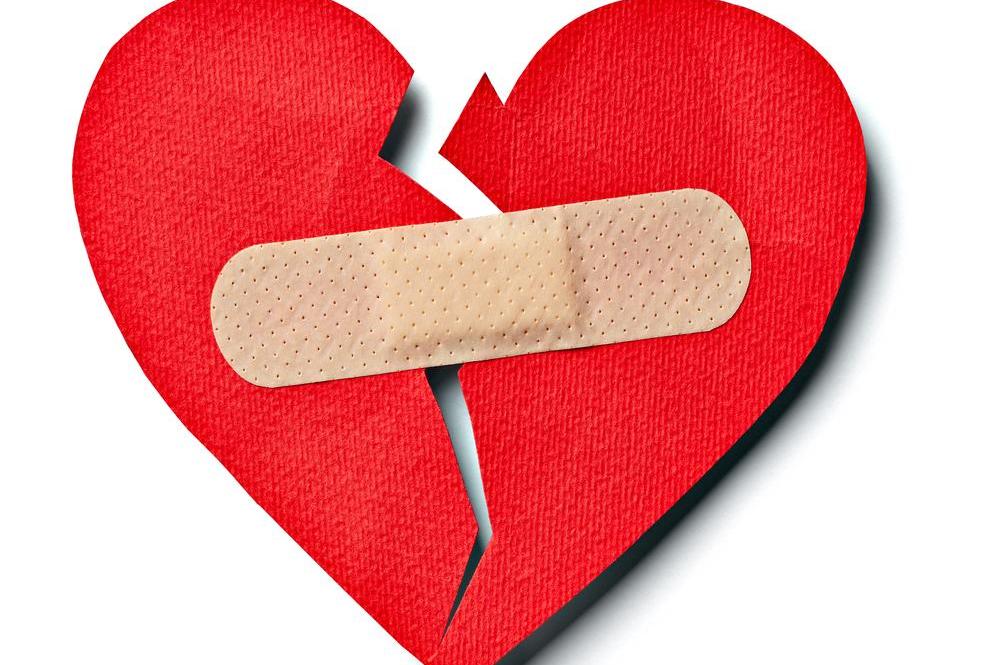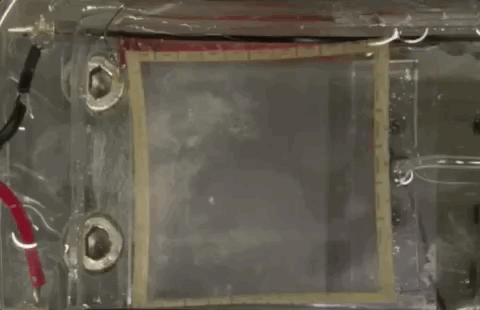Engineer Heart Patch Capable of Undoing Damage to Cardiac Muscles
While a victim of heart attack may recover from the event, their heart often ends up scarred. This scarring, rather than being superficial like on the skin, can make the heart pump less effectively and eventually cause it to fail.
Therefore, biomedical engineers at Duke University have created a fully functioning artificial human heart muscle large enough to patch over damage typically seen in patients who have suffered a heart attack. The advance takes a major step toward the end goal of repairing dead heart muscle in human patients.
“Right now, virtually all existing therapies are aimed at reducing the symptoms from the damage that’s already been done to the heart, but no approaches have been able to replace the muscle that’s lost, because once it’s dead, it does not grow back on its own,
” said Ilia Shadrin, a biomedical engineering doctoral student at Duke University and first author on the study. “This is a way that we could replace lost muscle with tissue made outside the body.”While it’s not the first cardiac tissue to be artificially engineered, it’s significant in that it’s the first that is large enough to be clinically useful to cover an affected area of the heart while being strong enough and as electrically active as native heart tissue.
Placed over the dead tissue, the patch is made up of artificially grown heart cells which allow it to contract just like a real heart muscle and even receive and conduct the electrical signals sent throughout the organ.
These patches would function in place of the dead muscle for a prolonged period of time. The patch would confer strength for contractions as well as a smooth path for the heart’s electrical signals to travel across. Moreover, the patch could secrete enzymes together with growth factors to aid the recovery of damaged tissue.
The biggest hurdle for the researchers, however, has been creating the patch at scale.
Nenad Bursac, one of the Duke biomedical engineers on the project, said the use of heart patches on defective human hearts is still at least a decade away. The square patch tested in the study was 4 centimeters by 4 centimeters in size, more than 30 times larger than the previous artificial heart muscle Duke researchers created in 2013.
A smaller version of the tissue patch has produced muscular contractions and conducted electrical impulses in laboratory rats for one month, the duration of the study. But the larger patch is paper-thin and would need to be at least 2-3 millimeters thick to have sufficient muscular strength to pump blood for an adult human.
Various types of heart cells can be grown from these stem cells: cardiomyocytes, the cells responsible for muscle contraction; fibroblasts, the cells that provide structural framework for heart tissue; and endothelial and smooth muscle cells, the cells that form blood vessels. The researchers place these cells at specific ratios into a jelly-like substance where they self-organise and grow into functioning tissue.
Finding the right combination of cells, support structures, growth factors, nutrients and culture conditions to grow large, fully functional patches of human heart tissue has taken the team years of work. Every container and procedure had to be sized up and engineered from scratch. And the key that brought it all together was a little bit of rocking and swaying. “It turns out that rocking the samples to bathe and splash them to improve nutrient delivery is extremely important,” said Shadrin. “We obtained three-to-five times better results with the rocking cultures compared to our static samples.”
Whilst the group has already shown that that patches maintain their function when implanted onto mouse and rat hearts, the next step is to develop much thicker patches that could actually replace the work of dead cardiac muscle in human patients.
“Full integration like that is really important, not just to improve the heart’s mechanical pumping, but to ensure the smooth spread of electrical waves and minimize the risk of arrhythmias,” said Shadrin.
“We are actively working on that, as are others, but for now, we are thrilled to have the ‘size matters’ part figured out,” added Bursac.































